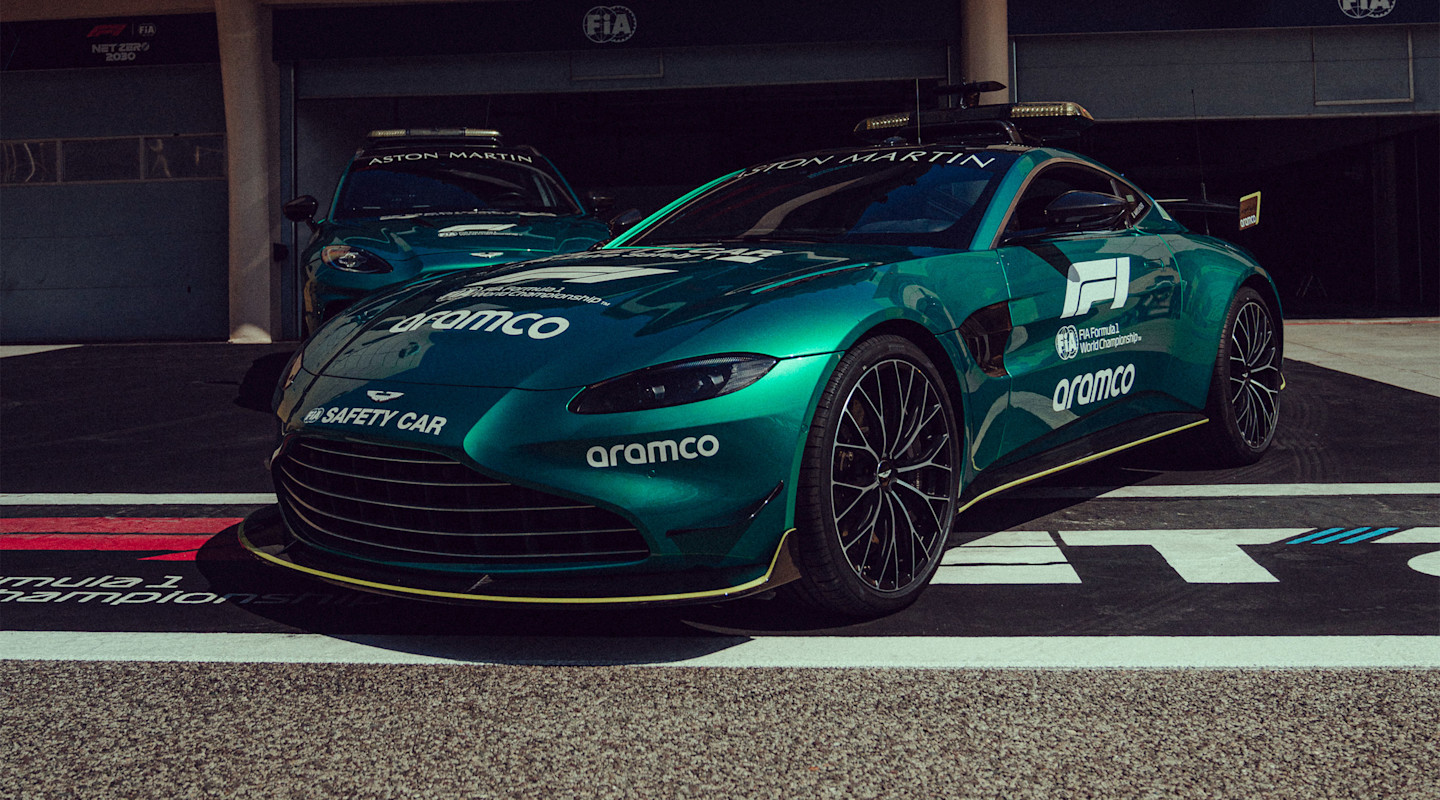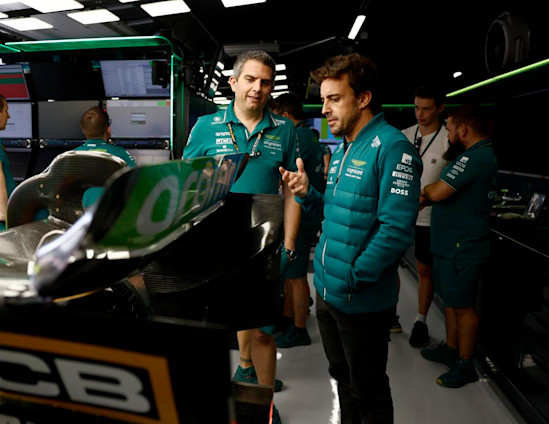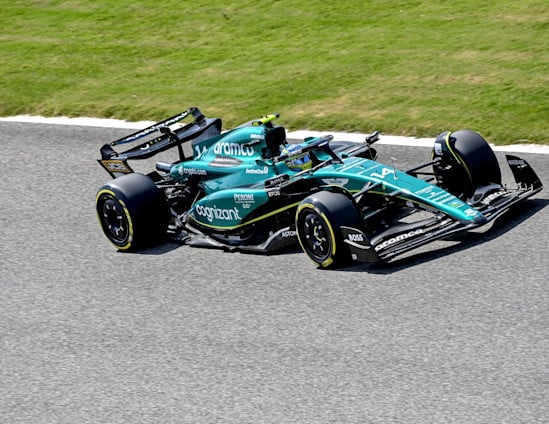
In this series, we've teamed up with our Official Trading Partner AvaTrade to take a closer look at the various rules of Formula One and help you make sense of them. First up, when and why the Safety Car is used.
F1 rules can sometimes appear complicated but, together with our partner AvaTrade, we're making things clearer with an essential guide to the F1 rulebook. In the first instalment, we take a closer look at the Safety Car rules...
The Safety Car is a common sight in modern Formula One – but that wasn't always the case.
First used at the wet 1973 Canadian Grand Prix, it picked up the wrong lead car – a mistake that resulted in McLaren's Peter Revson apparently regaining a lap to win the race. Or did Emerson Fittipaldi win? Or Howden Ganley? Nobody's really sure. Yes, it really was that chaotic.
Appearing intermittently through the years, it wasn't until 1993 that Safety Car usage became more streamlined, and it's been a regular ever since.

The Safety Car effectively neutralises a race, safeguarding competitors or officials attending an incident that's not serious enough to warrant the full stoppage of a session. When deployed, the Safety Car joins the racetrack, tasking drivers with forming up behind it at reduced speed. No overtaking is allowed – until drivers are given explicit instructions, usually a signal for backmarkers to unlap themselves. And Safety Car laps are counted as regular race laps – they don't add extra laps to the tally.
Of course, it wouldn't be F1 if teams couldn't eke out a strategic advantage from the deployment of a Safety Car. In simple terms, stopping for tyres during a Safety Car period is strategically advantageous – because drivers lose less ground in the pits when the whole field is slowed.
That explains why there's usually a flurry of activity during a Safety Car period and, equally, why some teams optimistically hang their strategies on their arrival at certain races.
Then, of course, there's the Virtual Safety Car. Introduced in 2015, the VSC is an enforced speed/time limit that's enforced upon every competitor on the track. It's quicker and easier to implement than a full Safety Car, is used for smaller incidents and carries less strategic advantage; it's usually over, or converted to a full Safety Car, before teams can roll those tactical dice.
Learn more with AvaTrade
In the same way that a racing driver can constantly learn and improve using data, AvaTrade encourages traders to hone and refine their own skills – courses are created by experts, free to access, tightly focused and comprehensive.
You can discover more about our partnership with AvaTrade and access a suite of free educational resources designed to help you enhance your trading skills.

AvaTrade explains the F1 rulebook
Amplify your fan experience
From exclusive collabs to once-in-a-lifetime prizes, I / AM DROPS is a new series of unique and ultra-limited moments and fan experiences.
Sign up for I / AM or sign in to unlock.





































